A Game Of Thrones The Card Game 2nd Edition Review – Fight For The Iron Throne
October 21, 2015 by brennon
Fantasy Flight Games recently released the 2nd Edition of their A Game Of Thrones The Card Game. This revamped Living Card Game takes the basic nature of the incredibly popular First Edition and restarts the clock allowing you to fight for the Iron Throne all over again...
"You Win, Or You Die..."
A Game Of Thrones is incredibly popular as both a TV show and a book series, and has a rather masterful iteration of its tales of intrigue, politics and warfare in board game form already. It also existed as a card game from FFG and spanned many, many expansions. However, FFG went back to the drawing board and tweaked this 2nd Edition take on the game to make it more streamlined and update the artwork.
One of the things that makes Game of Thrones, or A Song Of Ice & Fire, so popular is this triple threat of intrigue in the courts, politics in the council chamber, and valiant if ultimately doomed heroes fighting battles against other Lords and their armies AND the threats from beyond the wall. This card game has all of this in spades and you really feel a story brewing as you play through it in both one on one 'Jousts' or full blown multiplayer 'Melee'.
The game comes with eight factions right out of the box. You have Stark, Lannister, Baratheon, Greyjoy, Targaryen, Martell, Tyrell and The Night's Watch. You can then go on to combine these factions to take on your opponents with a range of well known characters and locations from the books.
Weapons Of War
The first thing to learn about with Game Of Thrones (GoT) is how the cards work and what kind of cards there are. You have four types of card within your deck known as Characters, Attachments, Events and Locations.
- Characters - Characters are the likes of Eddard Stark, Theon Greyjoy, Robert Baratheon and more all with their own abilities. As well as named characters there are armies and individuals that support those factions like Maesters and Armies. Each of these Characters will have a gold cost in one corner, an array of coloured icons (Red for Military, Green for Intrigue and Blue for Power). They will also have a shield symbol showing off their strength. Most characters also have special rules too.
- Attachment - An Attachment can be the likes of weapons, poisons, titles and more. Most of these are simply placed beneath a card and feature a series of special rules or effects which apply to that character or those that challenge them.
- Events - These are cards which trigger from certain aspects of the game or when certain steps are resolved within a given turn or conflict between heroes. This could be stealing money from other players coffers or sending them to the wall.
- Locations - Locations are the final card type and are the castles and other places within Westeros and abroad that the characters inhabit. Most of these locations give you bonuses, either active or passive, which will help you throughout the rest of the game.
Each of these cards are organised into a deck and each turn you will pay gold to bring them into your play area and then pit them against your opponents. This is all driven by another separate deck that you also have to tweak to fit your playstyle, the Plot Deck.
Plot Decks are the way in which you find out how much money you have to spend on a given turn, whether or not you will be first player, and lastly what kind of havoc you are going to sow amongst your opponents ranks. The choice of plot card can make or break your game and you will have to try and figure out your opponents ploys each time you reveal one.
A Game Turn
So, let's get stuck into the actual game turn. At the beginning of the game you will have the chance to pull seven cards from your deck and put them into play, to a gold value of eight, as a starting tableau. This should hopefully mean you don't lose turn one! From there you will draw back to seven cards and choose your first Plot Card.
As mentioned above the Plot Card governs the amount of money you get, your initiative value and the claim value. Claim equals the amount of damage you will do on a turn. In a Military challenge this is how many characters must die. In a Intrigue challenge it's how many cards you pull from the opponents hand, and lastly in a Power challenge it's how many victory points you claim from your political machinations. Usually this value is one although on rare occasions it will be two.
Once a Plot Card has been revealed you then resolve the power on it. This could be to kneel (tap) a character so they can't act, make their Claim value zero for a certain challenge type or burn everyone alive with wild fire. The person with initiative then picks who goes first.
The next step is the Mustering Phase where you pay gold to bring Characters and more into play. These are placed in your play area for later. You can usually muster as many Characters and Attachments as you like (and it's encouraged) but some Locations might be limited meaning you can only play one a turn.
The second player then does the same, mustering their own cards. You then move onto the next phase where you commit characters to Challenges. You can usually only make one Challenge of each type a turn, Military, Intrigue and Power. You will choose a character or characters to move forward and kneel, committing them to the challenge.
Your opponent will then choose characters to defend with. If you equal or beat their strength in a given challenge you resolve the effects of that challenge. There is no reason you need to defend a challenge however but if you do not the result is resolved AND the attacker gets to take a power (your victory points) from your pile.
The second player then does the same with their characters, choosing if they want to resolve each of the three challenges. This is where some of the head scratching comes in where you have to not only be able to defend against enemy attacks but also have enough characters around to then make challenges of your own.
The last phase of the game is Dominance where you tot up your total strength of standing characters and any other effects including gold in your reserve and location cards. If you have the most you win Dominance and gain a power for your faction. You will then check your hand size, discarding cards if needs be, then choose another Plot and go into the next turn.
The first person to fifteen power is the winner and claims the Iron Throne.
Tactics Of The Tabletop
While on the surface the game might seem very simple it is a deeply tactical game. If you make the wrong choices early on you could end up losing on turn two or three of the game before you know it; the opponent snowballing and continuing to crush you over ten minutes. This could be a bad thing but it means you have to think carefully about what you're doing.
The choice of Plot Card, as I've said above, is incredibly important as it can be the difference between winning and losing. It might seem like a great idea to get loads of money on your turn but think about how it effects both you and your opponent.
Which character goes forth on a challenge is also important. You need to keep a keen eye on what the opponent has in front of them and trick them into using characters they might now want to. Sending a character on a seemingly weak Intrigue challenge might force the opponent to defend so they don't lose cards but then leaves them open to a Military attack soon after.
Use of special rules on character cards is also incredibly important. Stealth, for example, allows you to bypass enemy cards. Other characters might have specific bonuses for attacking on their own or in certain challenge types.
This is where the game shines for me. Making razor edge decisions and ultimately deciding if someone is worth sacrificing for greater reward is all part of the theme of GoT. As I mentioned at the beginning this game does a superb job of representing the world of the books and TV show incredibly well.
I have lost a lot of games of GoT simply because I made the wrong challenges at the wrong time. Also, going first isn't always great. Some factions thrive on defending and then striking back - The Night's Watch for example. In two player games GoT can be very unforgiving but over time and with enough practise you will be as learned in the ways of the courts as Little Finger.
One of the big things for me is the formation of story. In one game with Targaryen and Stark in a players deck Daenerys Targaryen was killed early on but Little Finger and Sansa Stark later on in the game were able to work together to bring those lost Dragons onto the tabletop. It's almost like Little Finger scratched his head, hedged his bets and made sure Sansa made a bid for the throne. It almost feels like a storyline that could happen in the book.
Multiplayer Melee
The other option out of the box is to go for a multiplayer version of the game called Melee. This enables up to six players to fight it out in a variant of the game. However, to stop the game from turning into a 'kill the suffering loser' exercise there are title cards which are chosen at the beginning of your turn.
These titles give you a person at the table you must support (you cannot attack them) and others that you gain extra power from defeating. This means that if you choose carefully you can add even more intrigue and plotting to proceedings. It also helps a player who is flagging behind to catch back up and maybe get back into the running.
Components & Final Thoughts
This game is astoundingly lovely to look at. Each of the cards is one hundred times more beautiful than the previous iteration and the use of artwork is superb. It didn't look great in the previews but up close I think it's one of the best looking card games they've done second only to The Lord Of The Rings.
The tokens are also looking great although I might have to get myself some of the more bespoke ones from other companies out there. Everything about the game mixes together nicely however and the overall aesthetic is one that draws you back into the world of Westeros.
Unfortunately the game does NOT come with enough cards to play the actual tournament style games FFG organise. You will need at least two sets in order to do that. You can however play their own Kingslayer version of the game which just mashes two decks together.
Normally the game disallows the use of 'Loyal' characters within other factions but the Kingslayer format changes that for ease of play with one set. Usually you can either build a Fealty Deck, which is simply one faction (there are bonuses to doing so) or a regular deck which includes cards from one other faction as long as they are NOT loyal.
I am certainly enjoying GoT although I feel like it might have its roots within a multiplayer format rather than as a one on one game, for me at least. We shall have to wait and see how the game works after a full cycle of releases to see if it has any staying power.
Have any of you picked up this game?
"The game comes with eight factions right out of the box..."
Supported by (Turn Off)
Supported by (Turn Off)
"I think it's one of the best looking card games they've done second only to The Lord Of The Rings..."
Supported by (Turn Off)





























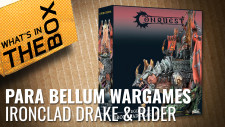

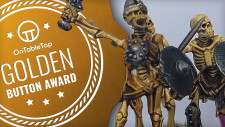
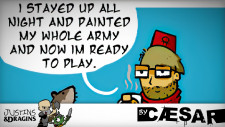
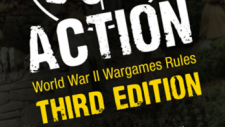

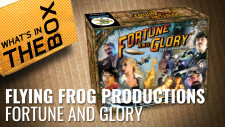
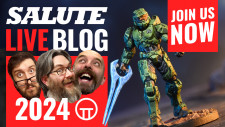
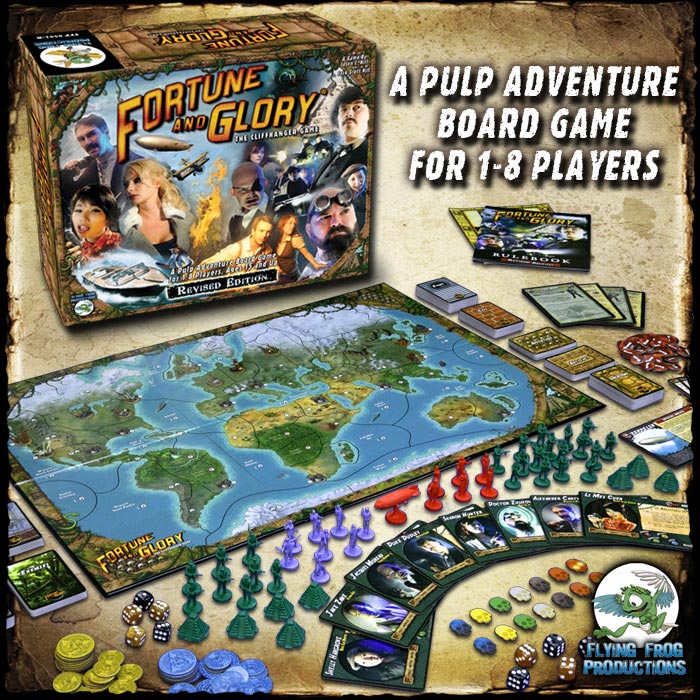

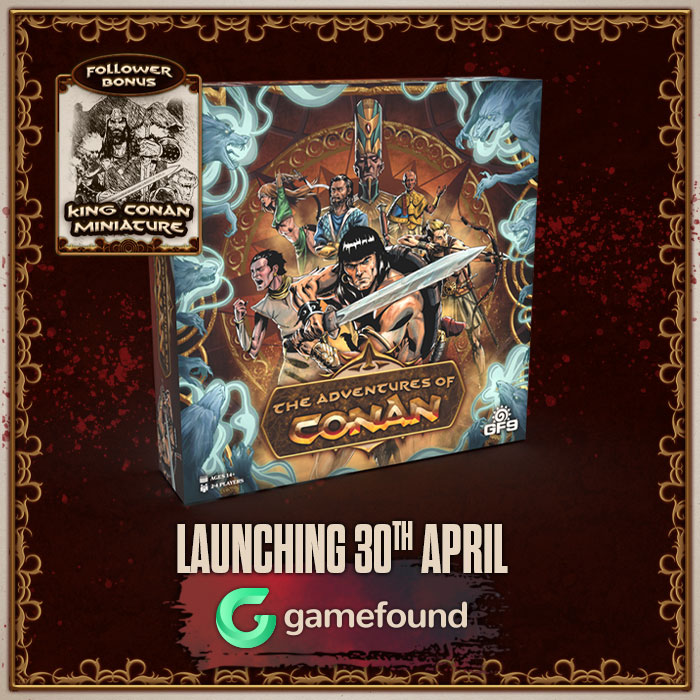

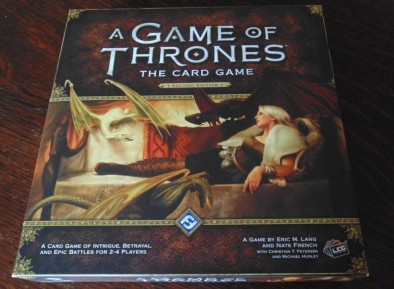
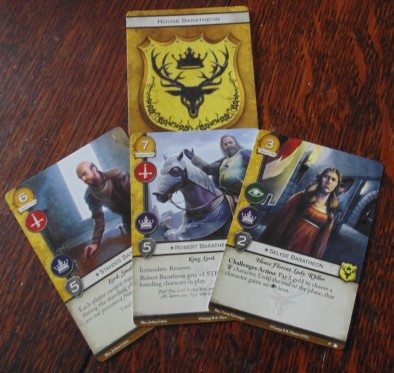
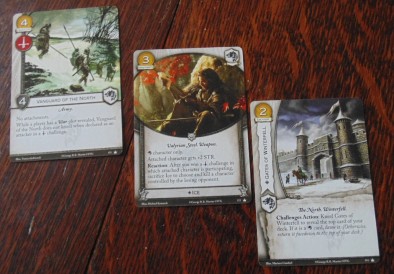
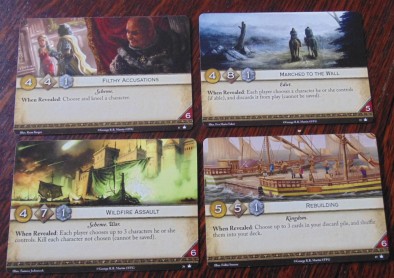
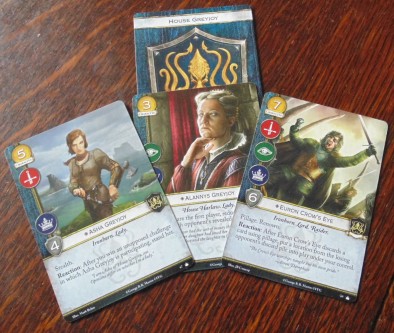
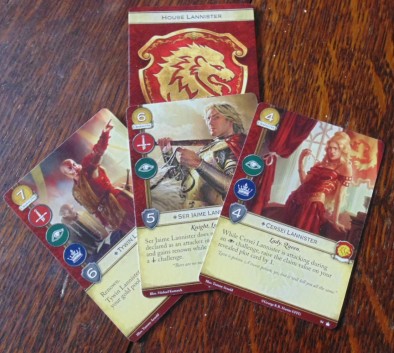
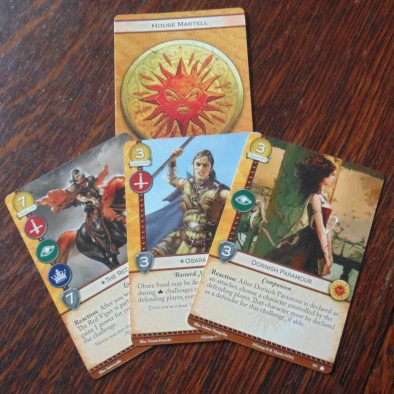

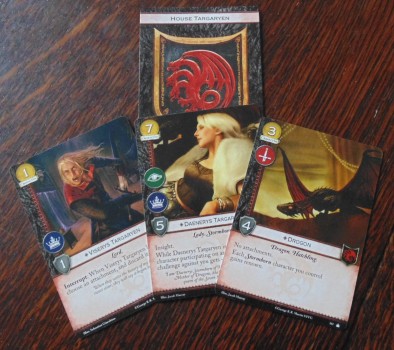

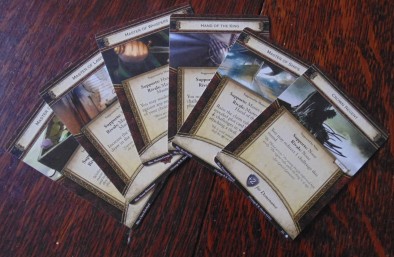
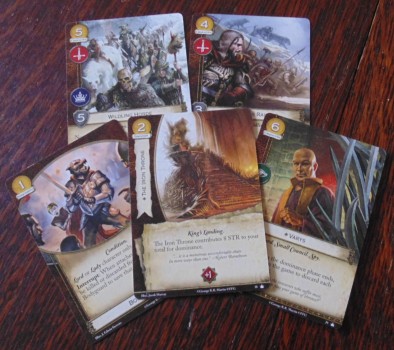
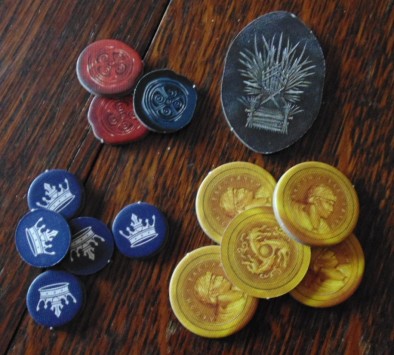
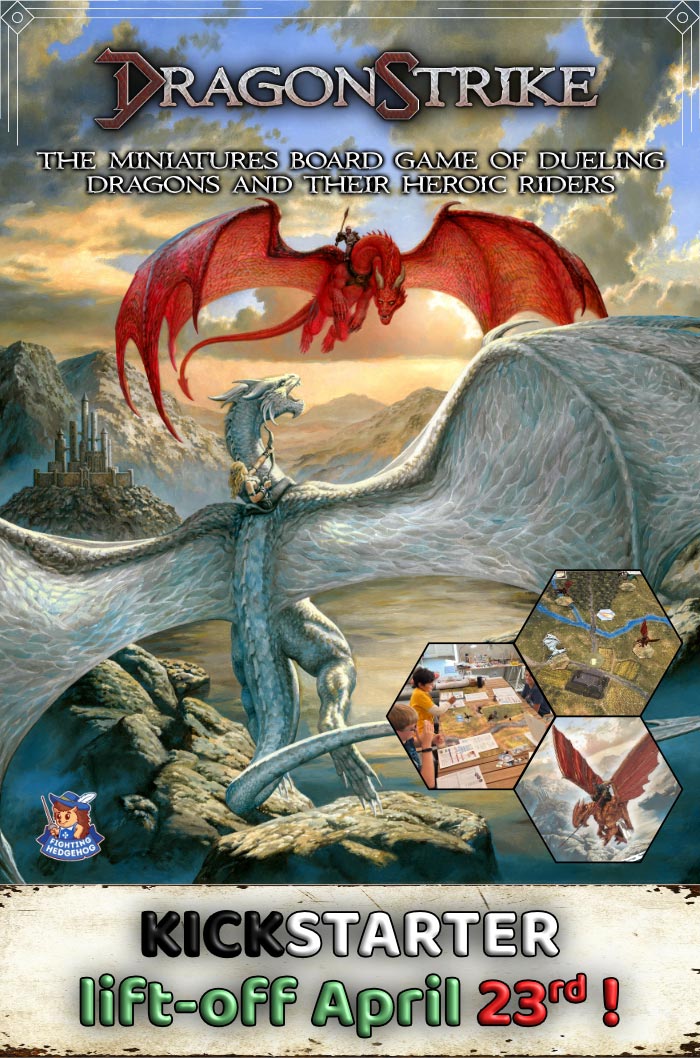


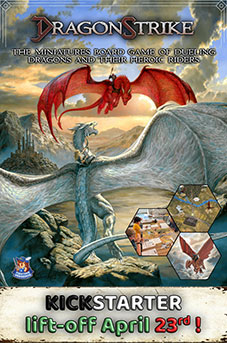













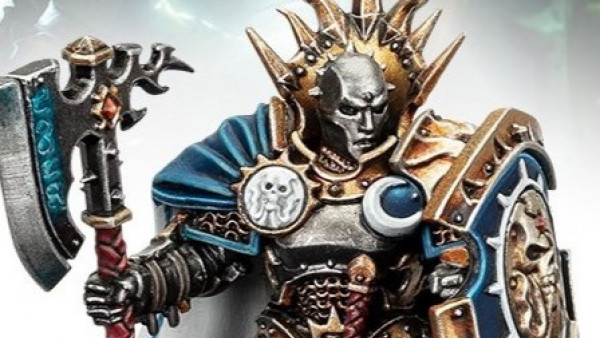
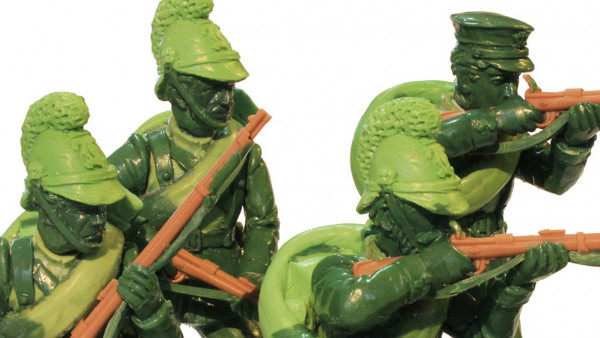


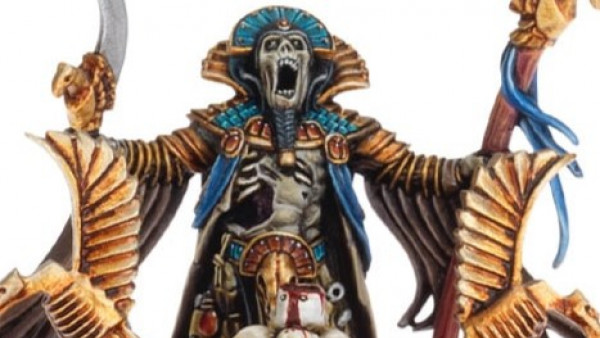
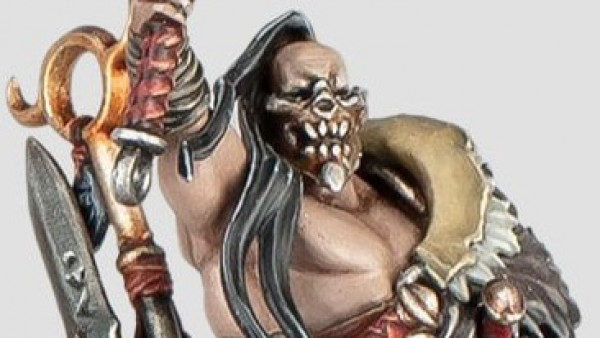
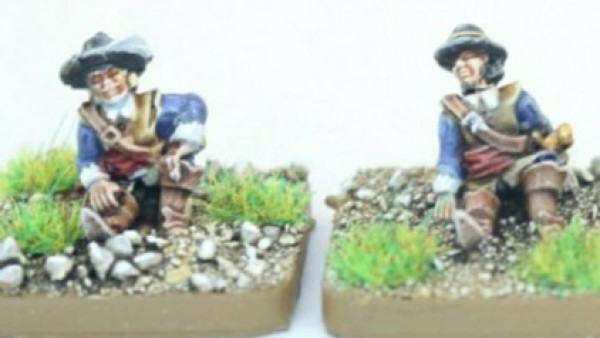
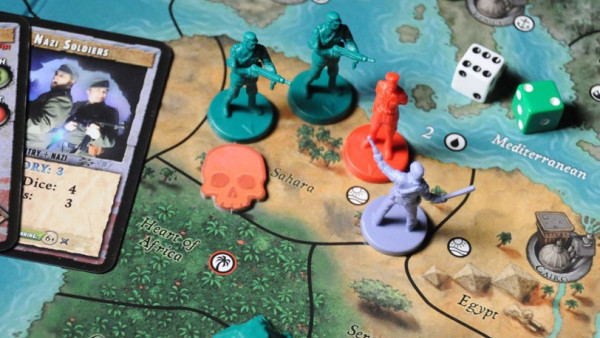
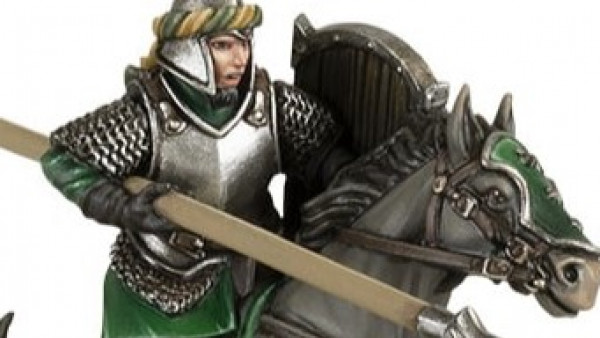
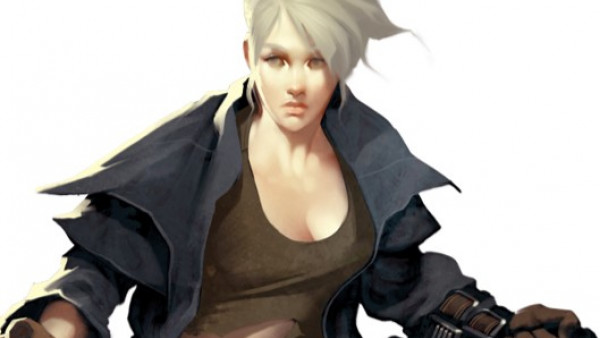

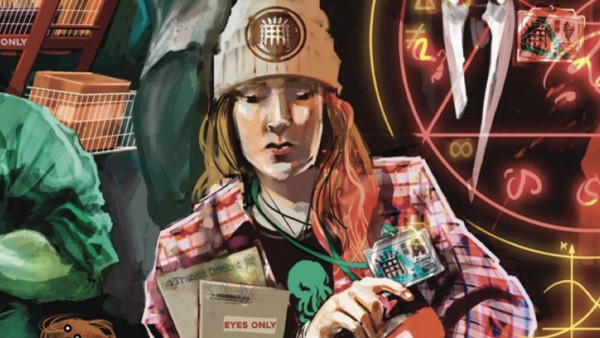


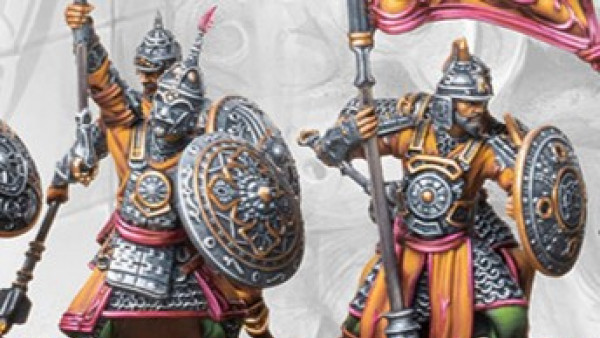
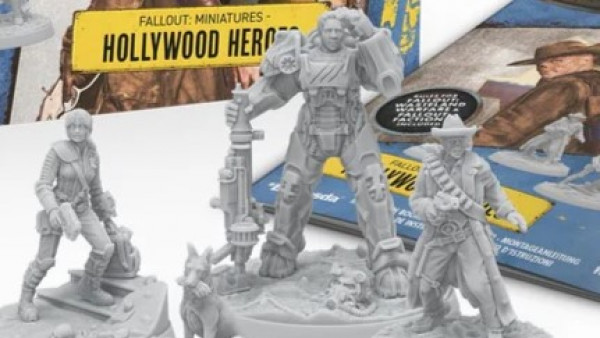
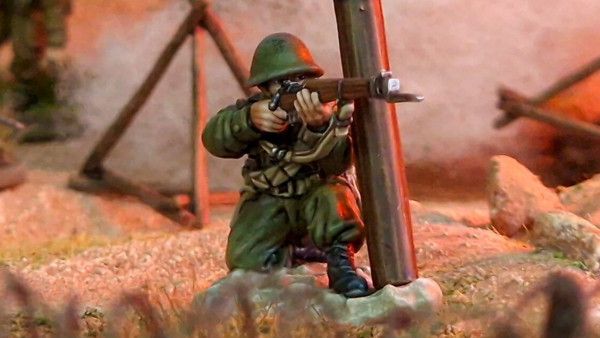


Does it play similar to LOTR LCG? I am dying to try this as we have Star Wars and LOTR LCG.
It doesn’t play like it in a co-operative sense but you do have to make tough decisions as to who you put forward for specific Challanges, a bit like pitting Attackers and Defenders in LOTR.
In LOTR of course a Defender can’t attack so it has some of that risk and reward aspect to it.
Oh how I wish the Star Wars LCG played like the LOTR LCG. A solo / co-op Star Wars experience would have been great..
I quite fancy giving this game a try, though. The number of factions and the overall theme of the setting really appears to me and it would be nice to break out a competitive game now and again to take a break from Pathfinder ACG 😉
appears? appeals! Stupid autocorrect!
I would say that the power of the game with its multiple factions is that it works really well in the Melee format, the multiplayer ones, as a Kingslayer game (you just need one box).
I think you’ll enjoy it if you fancy something competitive and ‘easy to learn, hard to master’.
We is well and truly into this one. Love the way it avoids the early turns of nothing happening as people build up their economy that characterises most games. The set-up phase and plot cards get into it right from the get-go.
They do. The Plot Cards really push the game on and mean you can usually do something on every turn.
Plot Cards being secretly picked and then revealed at the beginning of a turn can give you those ‘pit of your stomach’ feeling that you sometimes get in the show/books.
First Edition was one of my favourite games. This is better. I love the little thematic touches (Robert Baratheon is a powerful warrior who forces others to Kneel before him. Daenerys is weak on her own, but with her Dragons beside her, there’s not much can stand in her way. Sansa starts the game weak and ineffective, but as she stands up for herself, she becomes more powerful.)
The game can be brutal in Joust format, but a group of friends playing melee really is fun!
Indeed I think you hit the nail on the head there. It really brims with theme throughout the game.
My #1 game right now. My wife (then Girlfriend) and I were BIG into this when it was a CCG.
Great stuff 🙂
That looks tempting.